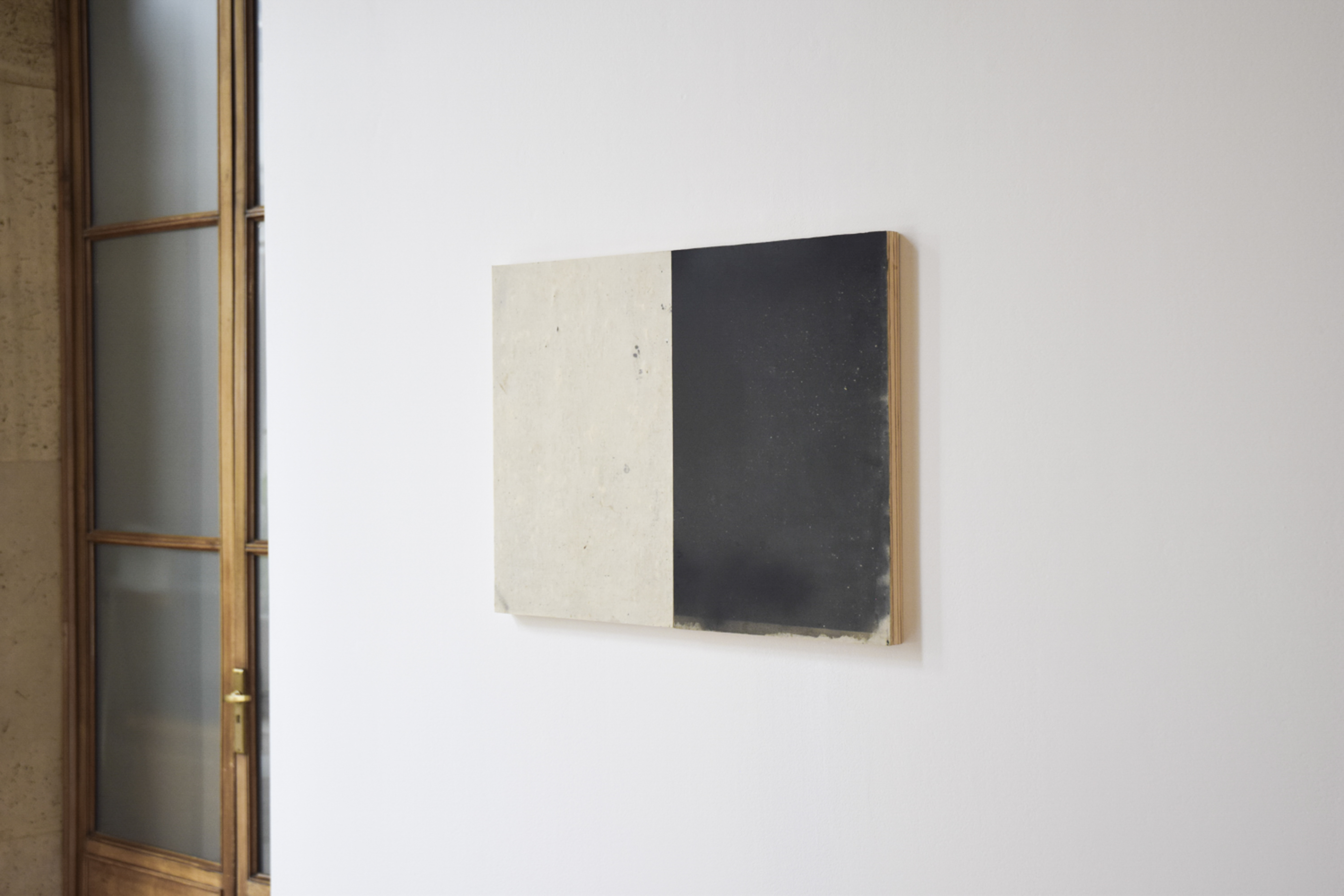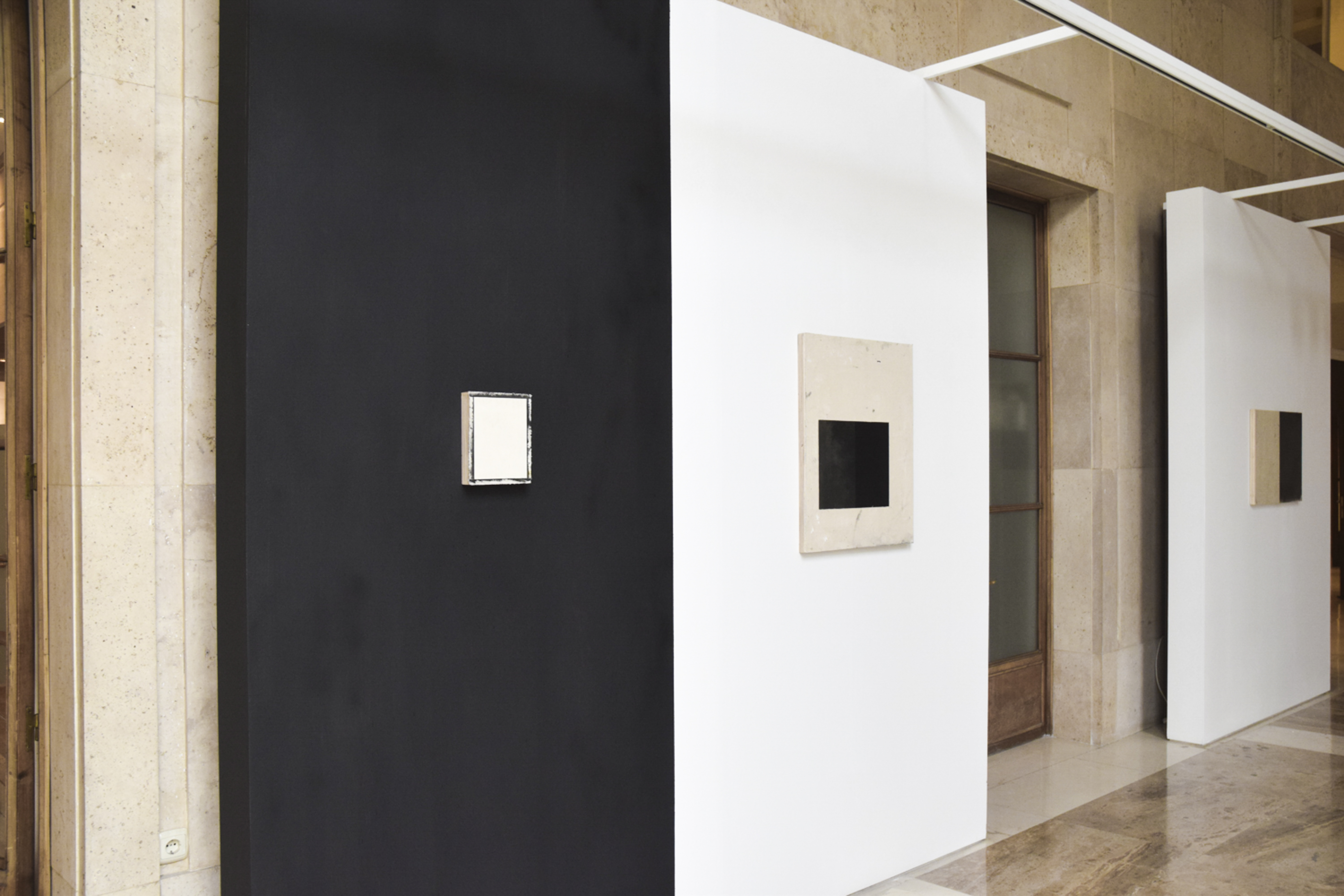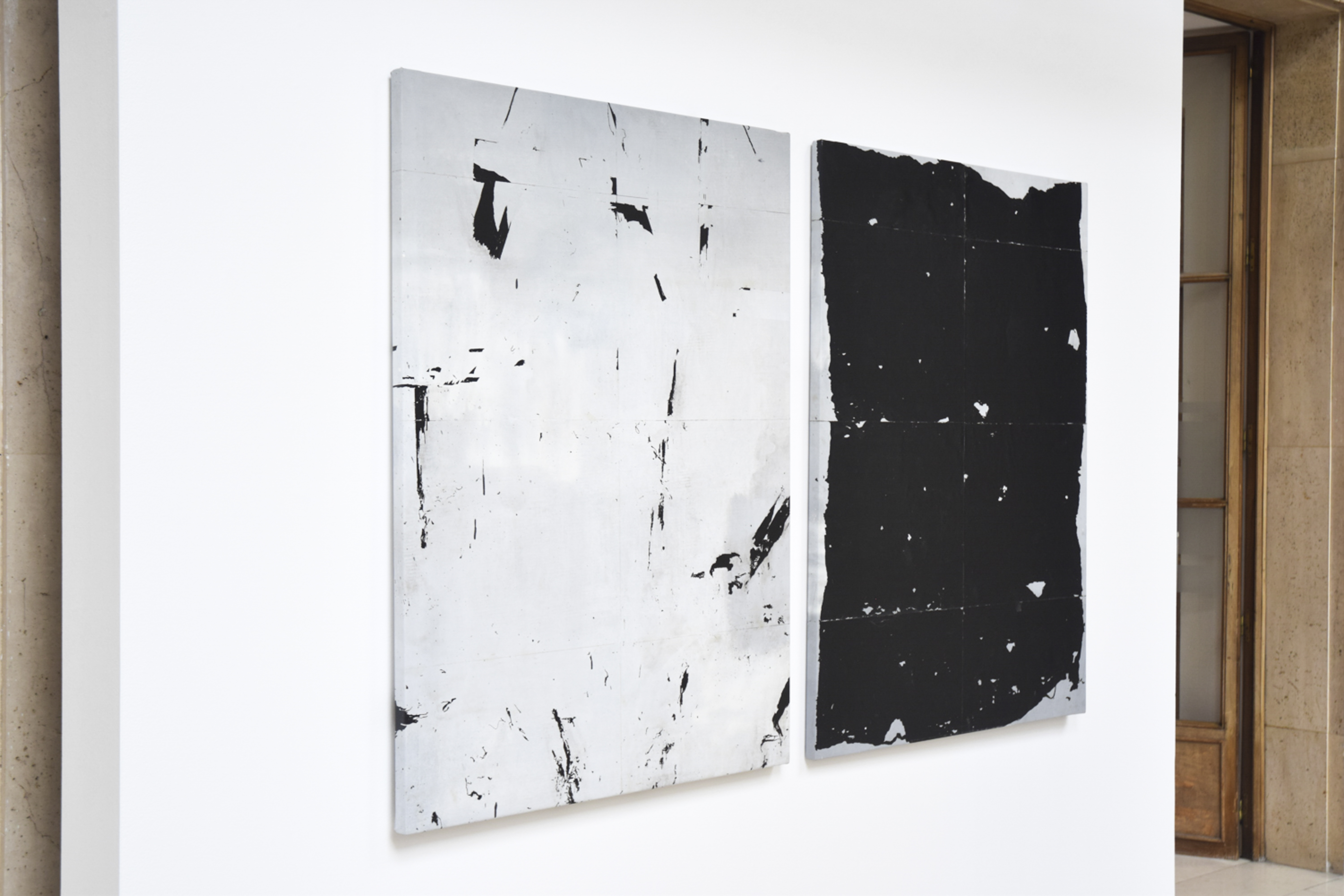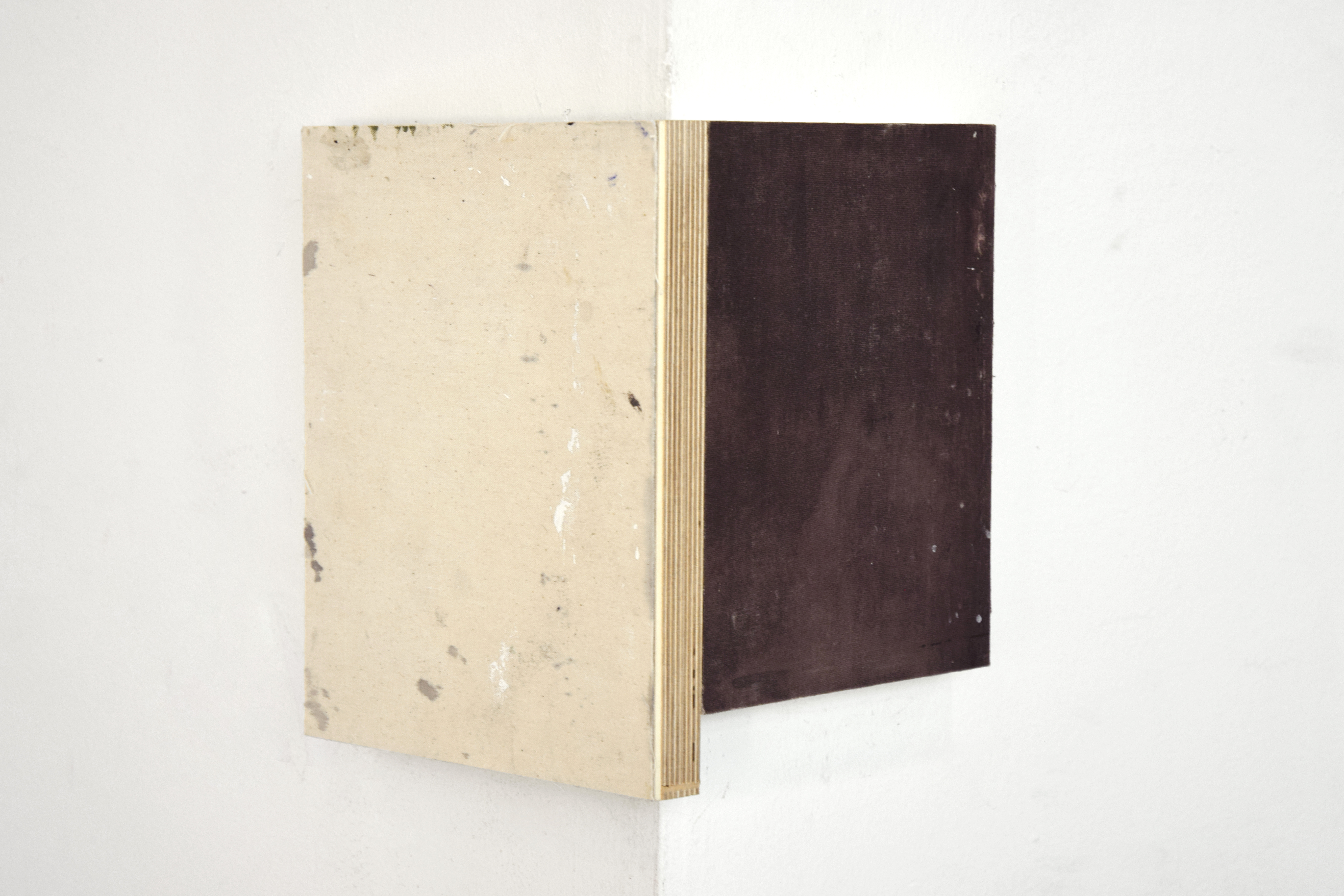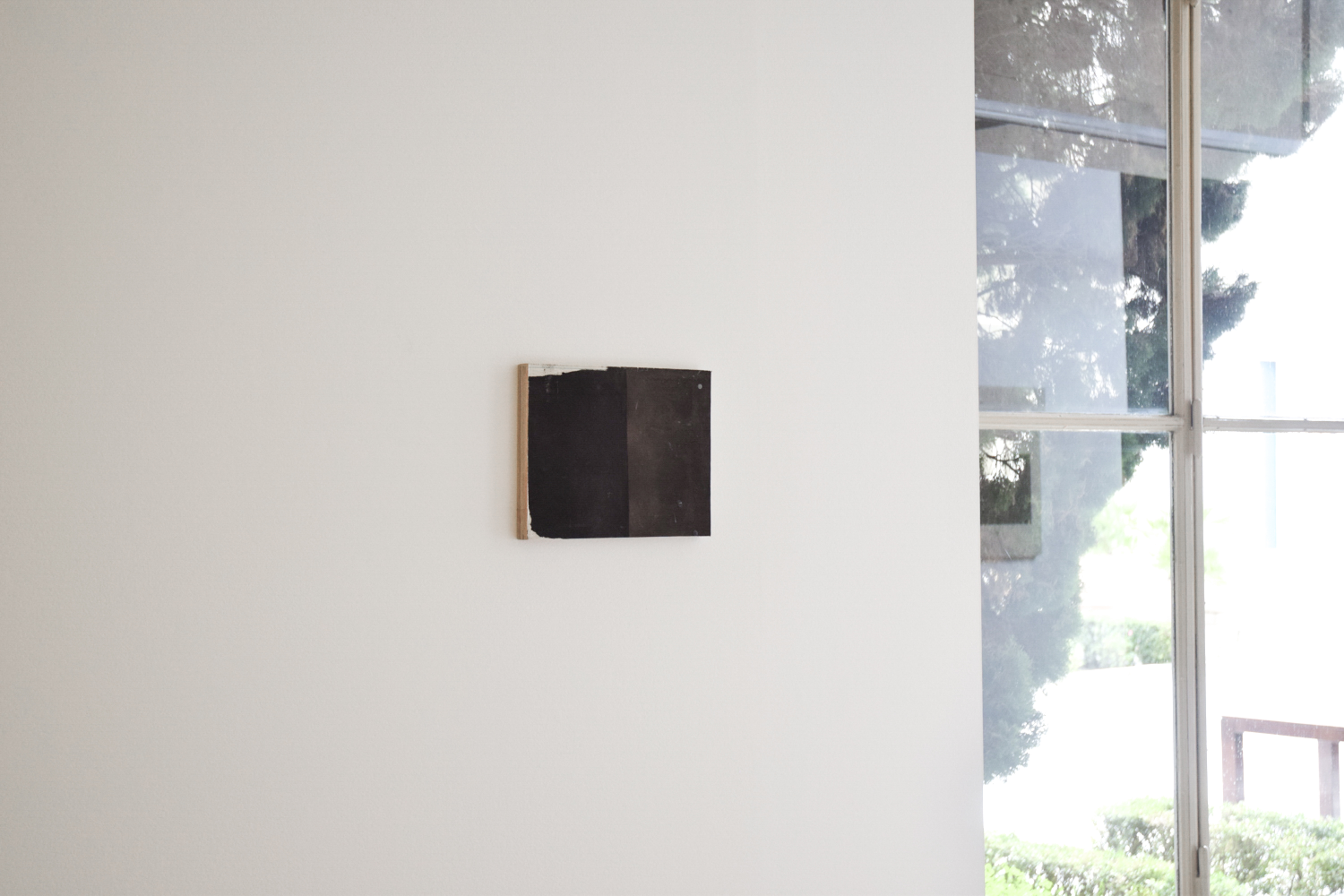DESPRENDERSE
CASA DE VELÁZQUEZ, MADRID 2020
![]()
![]()
![]()
![]()
![]()
![]()
![]()
![]()
![]()
![]()
(...) Desprenderse supone ser conscientes de nuestra fragilidad y vulnerabilidad como seres. Es dar paso al cambio, a lo nuevo, a lo incierto en muchas ocasiones. Hablamos desde lo que conocemos, aquello que nos ocurre y que nos rodea. La inestabilidad de un momento dado y la fragilidad con la que vemos aquello que sucede a nuestro alrededor es probablemente lo que nos hace construir a partir de los restos de una acción pasada, o de un acontecimiento lejano. Desprenderse es cambiar de estado. El hecho constante de dejar de pertenecer como consecuencia del cambio es lo que nos impulsa a una atracción por la materia que ciertos desprendimientos dejan a su paso.
Cuando hacemos referencia a aquello que se desprende estamos hablando en muchos casos de un resto, de aquello que queda entre las ruinas de un derribo, o que se olvida sedimentado y nos impide ver el conjunto de lo que fue. Hay una cualidad temporal en nuestros trabajos, que vienen de un momento, de un cúmulo de circunstancias y factores sobre los que intentamos poner el foco de atención: Detener la mirada y ver esas cuestiones temporales y pictóricas que nos rodean. Mirar hacia el resto como una respuesta a nuestro tiempo de producción contínua y de estímulos constantes; fijarse en lo mínimo y residual en un mundo de atención dispersa puede ser un acto de resistencia.
La idea de desprenderse posee la materialidad de un tiempo preciso, de un cuerpo que cae, que se separa y deja de ser. Esta calidad tangible de lo temporal es lo que nos otorga la sensibilidad para alejarnos de lo bidimensional y acercarnos a una pintura que se plantea en muchas ocasiones desde sus materiales. Una pintura que contiene la huella de ese desprendimiento y que muestra los signos de un hecho anterior.
Desprenderse es perder referencias con lo otro, es la forma de dejar algo y seguir. Seguir interpretando la otredad, alimentándola y creando un tejido de su esencia entre lo que queda, entre aquellos restos.
-
(...) Desprenderse means being aware of our fragility and vulnerability as beings. It is giving way to change, to the new, to the uncertain on many occasions. We speak from what we know, what happens to us and what surrounds us. The instability of a given moment and the fragility with which we see what happens around us is probably what makes us build from the remains of a past action, or a distant event. To detach is to change state. The constant fact of ceasing to belong as a result of change is what drives us to an attraction for matter that certain detachments leave in their wake.
When we refer to what emerges we are talking in many cases of a remainder, of what remains among the ruins of a demolition, or that is forgotten, sedimented and prevents us from seeing the whole of what was. There is a temporal quality in our works, which come from a moment, from a cluster of circumstances and factors on which we try to focus our attention: stop looking and see those temporal and pictorial issues that surround us. Look at the rest as a response to our time of continuous production and constant stimuli; fixating on the minimal and residual within in a world of scattered attention can be an act of resistance.
The idea of detaching has the materiality of a precise time, of a body that falls, that separates and ceases to be. This tangible quality of the temporal is what gives us the sensitivity to move away from the two-dimensional and get closer to a painting that arises on many occasions from its materials. A painting that contains the trace of that detachment and that shows the signs of a previous event.
Desprenderse is losing references to the other, it is the way to leave something and continue. Continue interpreting otherness, nourishing it and creating a fabric of its essence among what remains, among those remains.


